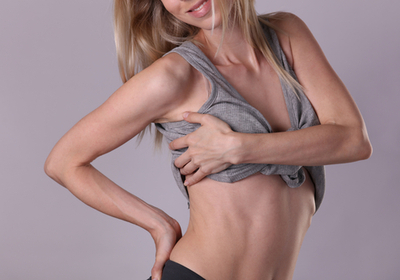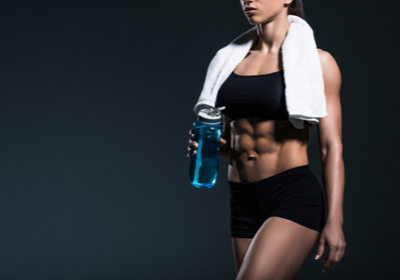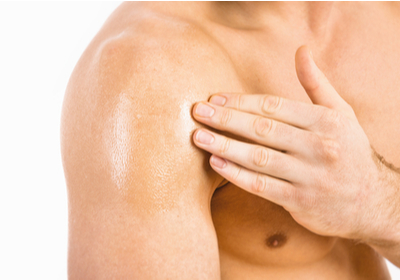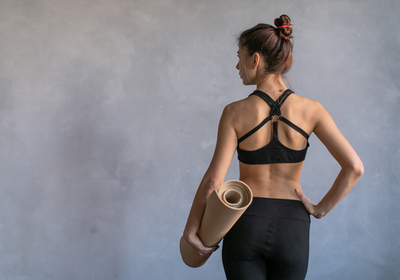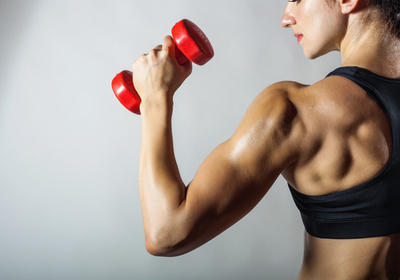VIDEO
- Core
- Arms
- Legs
- Abs
- Biceps
- Trapezius
- Calves
- Core
- Arms
- Legs
- Abs
- Biceps
- Trapezius
- Calves
1.Step out to the side and get into a semi-squat position. Squeeze your gluteus as you press yourself back to start, keeping the weight in your right leg. Continue moving from left to right for the desired number of repetitions. 2.Stand tall with your feet wide apart. Step to the side with your right leg and touch your right foot with the left hand. Return to the starting position and repeat the movement with the opposite leg and hand. 3.From a high-plank position prepare yourself to a leap by engaging and tightening your core. Jump toward your hands, landing in a frog-like position. Hold it for a second, keeping your hands held to the floor. 4.Lie down on your fitness mat on the left side. Position your elbow directly under your right shoulder. Stuck your legs, knees, ankles, and feet together. 5.Put your hands and toes on the mat. Keep your arms straight, but don't lock your elbows. Align your feet making the straight line with your arms and core. Inhailing, bend your elbows and lower your chest to the ground slowly. Straighten your arms to lift your core up, exhailing. 6.From a side-plank position, keeping your top hand on your top hip, drop your hips until they are almost on the mat. Then return to the starting position. 7.Lay back on a mat with your legs extended and feet close to each other. Start slowly and smoothly lifting them up while inhailing. Lift them down, exhailing, and repeat for the desired amount of reps. 8.Lie on the floor and bend your knees to have a 90-degree angle. Bring your left knee to your chest and do the same with another knee. Try to do 10-20 crunches per one set.
- Arms
- Back
- Abs
- Triceps
- Trapezius
- Upper Back
- Core
- Arms
- Legs
- Core
- Arms
- Legs
- Abs
- Biceps
- Upper Back
- Core
- Biceps
- Triceps
- Core
- Arms
- Back
- Core
- Legs
- Abs
- Core
- Arms
- Legs
- Core
- Arms
- Back
- Core
- Arms
- Legs
- Core
- Legs
- Abs

